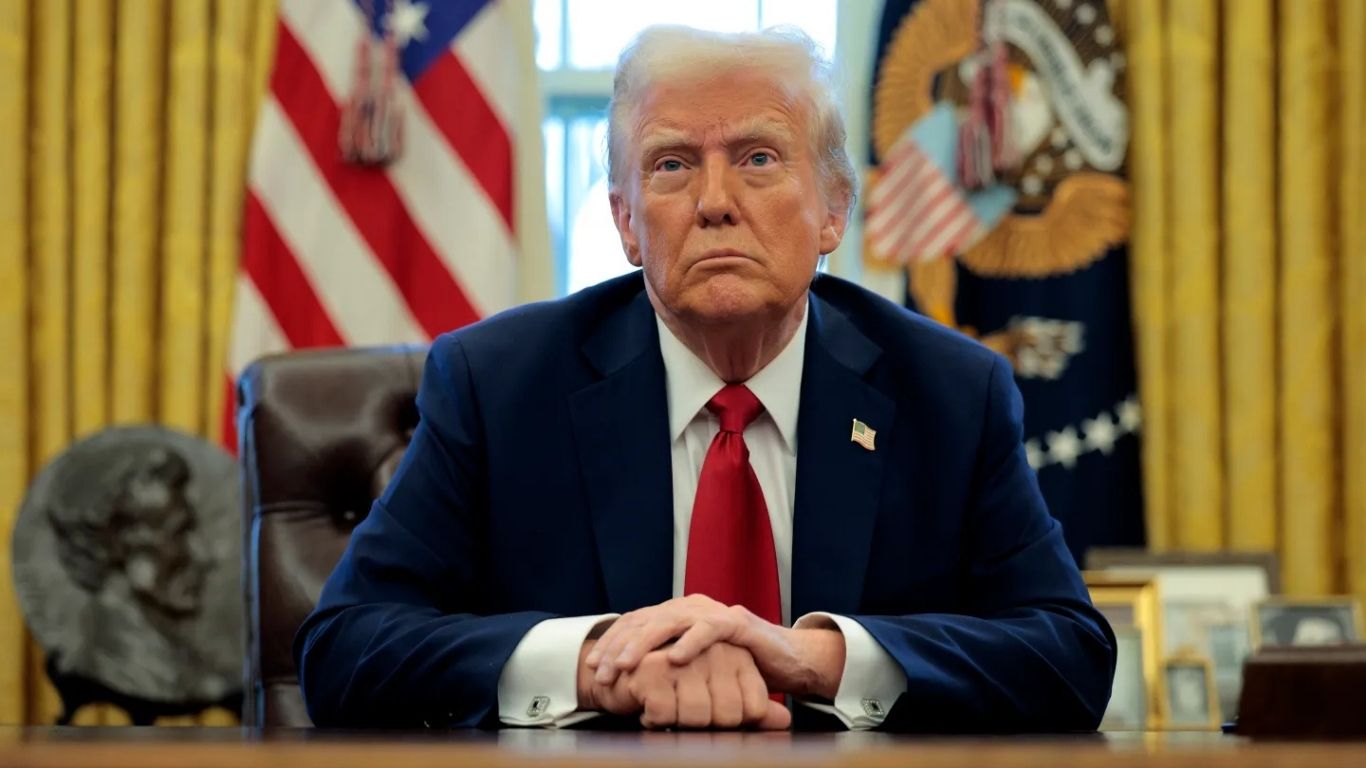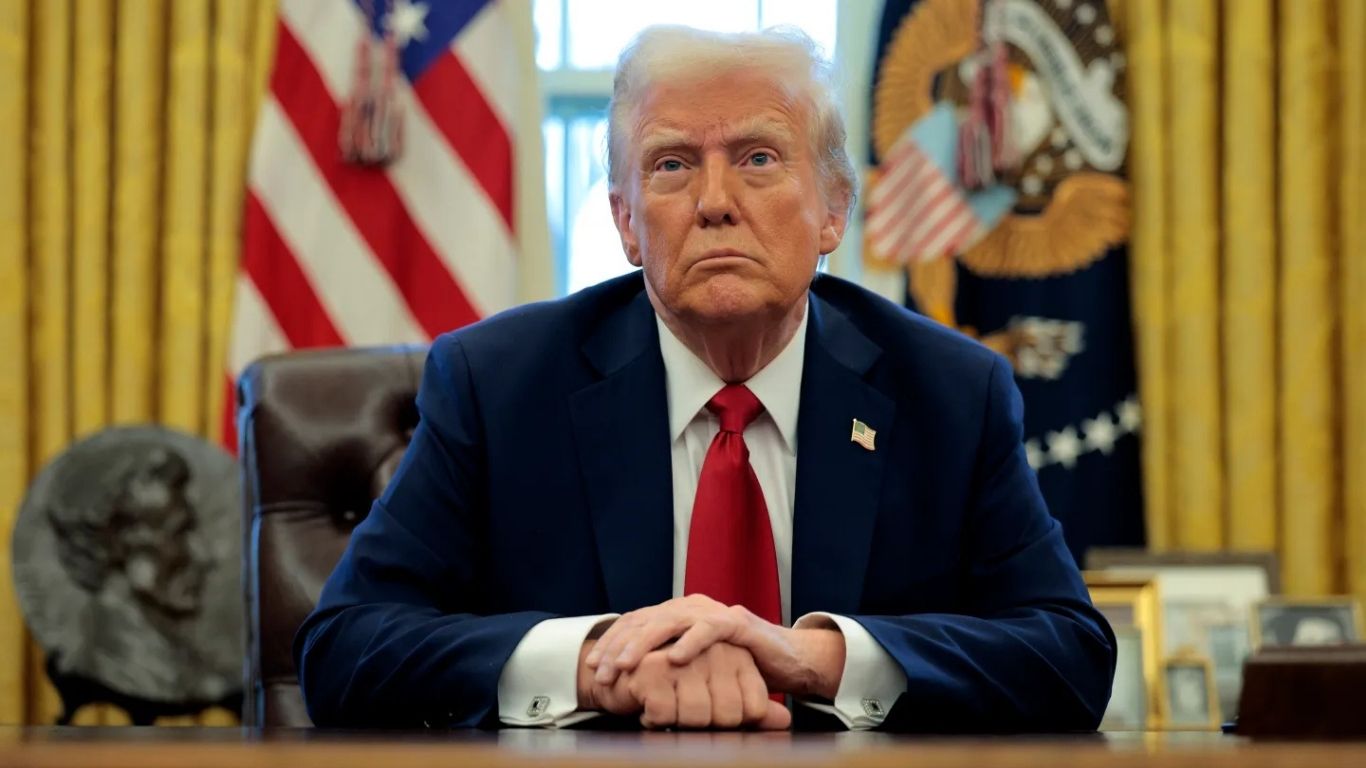The Republican Congress started its first full week and is already racing against the clock. Unless the GOP can break a long-standing political trend, its time in power may be limited.
Following Donald Trump’s inauguration on January 20, Republicans currently hold control of the White House, the House, and the Senate. However, history shows that unified government control often doesn’t last. For the past five presidents, voters have taken away control of at least one chamber of Congress during midterm elections. Jimmy Carter was the last president to hold onto both chambers through a midterm in 1978.
If Republicans can’t break this pattern by 2026, Trump and his allies have just two years to pass major laws, something that has challenged presidents for decades. In an interview, Trump’s incoming White House Chief of Staff, Susie Wiles, acknowledged this urgency, calling the next two years critical for achieving their goals.
A Modern Political Pattern
The inability of either party to keep unified control through midterms is unusual in U.S. history. Before now, the longest streak of losing unified control was four consecutive midterm elections, back in the politically unstable 19th century.
This modern pattern has reshaped how Congress operates. Both parties, knowing their control is short-lived, focus on pushing through major legislation quickly instead of compromising. This leads to “mega bills” packed with top priorities. Republicans, for example, plan to use a process called reconciliation this year to pass major policies on taxes, energy, immigration, and spending. This tool avoids the need for support from the minority party and can be passed with a simple majority.
However, this urgency can create problems. When a party controls everything, voters hold it accountable for any failures, which can quickly lead to frustration. This fragile control also discourages cooperation between parties. Unlike in past eras, when lawmakers often worked together across party lines, today’s minority party is more focused on winning back power in the next election.
Recurring Challenges
Both parties struggle to maintain control because voters frequently flip their preferences. For example, Democrats won big majorities under Barack Obama in 2008, only to lose the House in the 2010 midterms. Similarly, Trump’s 2016 win with unified control was followed by Democrats taking the House in 2018.
This constant back and forth reflects voter frustration with unresolved problems like economic insecurity. Each election feels like a search for solutions, but when change doesn’t happen fast enough, voters switch their support.
Polarization has also made it harder to hold unified control. Today, both parties are more extreme, alienating swing voters. At the same time, congressional majorities are much smaller, leaving little room for losses. For example, the current GOP House majority is just 220 seats, the smallest in nearly 100 years.
Can the GOP Defy History and Deliver Results?”
The Republican Party faces a steep challenge as it steps into the limelight with unified control of the White House, Senate, and House. However, history suggests this advantage may be fleeting. For the past five presidencies, midterm elections have wrested control of at least one congressional chamber from the ruling party. This persistent trend, coupled with voter impatience and political polarization, poses a significant obstacle for the GOP.
To break the midterm curse, Republicans must deliver on their ambitious agenda. Tools like reconciliation—a legislative strategy allowing major policies to pass with a simple majority—could expedite tax reforms, energy policies, and immigration laws. But this fast-tracked approach risks alienating voters if the results appear rushed or fail to address core issues effectively.
Adding to their woes is the fragile majority the GOP holds in the House—a razor-thin margin of 220 seats, the smallest in nearly a century. Such slim control amplifies the pressure to achieve legislative success while keeping intra-party factions united. Any misstep could amplify public frustration, potentially fueling a swift reversal of fortunes in the 2026 midterms.
Ultimately, the clock is ticking for Republicans to prove their mettle. If history is a guide, the road ahead is fraught with challenges, requiring not just ambition but also calculated strategy to maintain voter trust and secure long-term governance.
Why the GOP’s Agenda Is on Thin Ice
Unified government control is a rarity in American politics, often short-lived due to shifting voter preferences and rising polarization. For the GOP, this means the next two years are critical for pushing their legislative agenda, but the risks of overreach and political backlash loom large.
Modern governance has been shaped by the “mega bill” phenomenon, where parties prioritize large, comprehensive legislation to maximize impact within limited timelines. While effective in passing major laws, this approach has side effects: rushed policymaking, lack of bipartisan support, and increased voter dissatisfaction. For example, during Barack Obama’s presidency, Democrats leveraged their control to pass sweeping healthcare reforms, only to face significant losses in the subsequent midterms.
The GOP’s strategy for 2024-2026 reflects this urgency. Key policy areas—such as economic reforms and immigration—are high stakes for a party attempting to appeal to its base while also attracting swing voters. However, internal divisions and external opposition make this task daunting. A fractured Congress, coupled with rising polarization, leaves little room for error. Missteps could solidify voter perceptions of dysfunction and fuel the kind of disillusionment that historically results in midterm losses.
What’s at stake is not just legislative success but the GOP’s ability to build long-term political capital. As voters become increasingly impatient with partisan gridlock, the party’s performance over the next two years could determine whether it retains power or becomes another casualty of America’s revolving-door politics.




